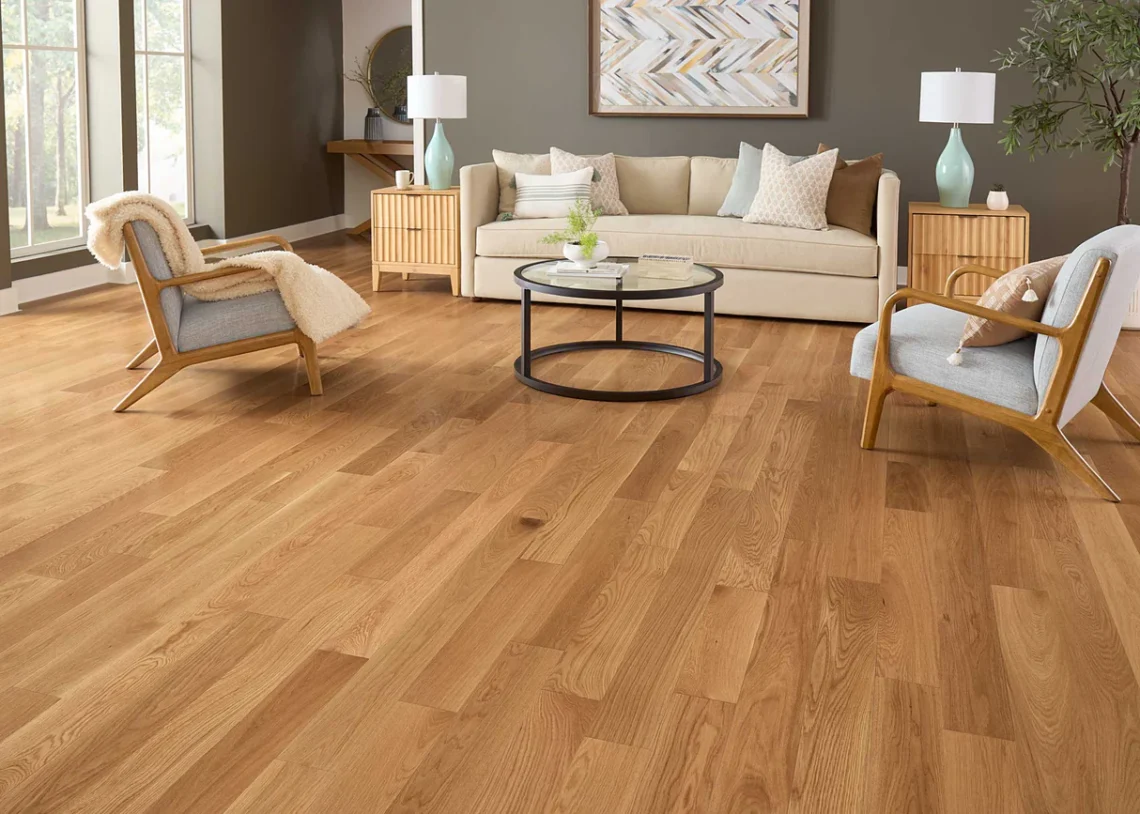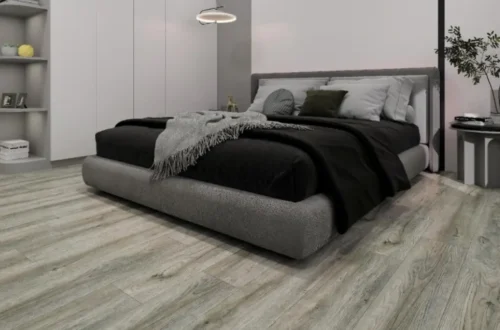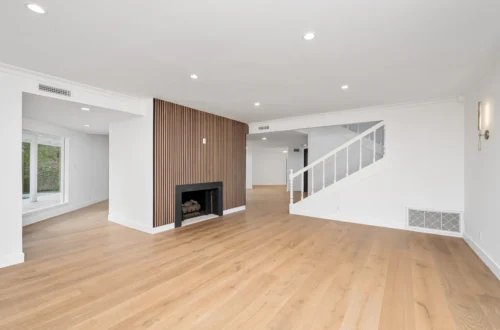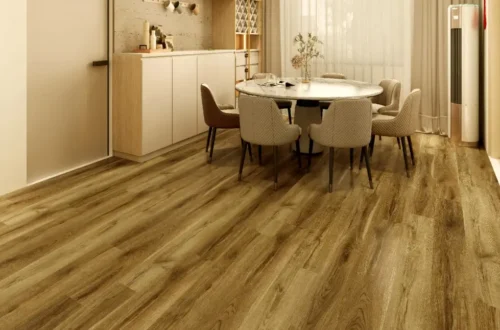
White Oak Solid Hardwood Flooring: Timeless Beauty for Your Home
When it comes to hardwood flooring, few options stand the test of time as gracefully as white oak solid hardwood flooring. Known for its durability, versatility, and understated elegance, white oak has remained a favorite choice for homeowners, interior designers, and builders alike. Whether you’re renovating a traditional home or designing a modern space, this flooring option can bring both charm and lasting value to your interiors.
In this post, we’ll explore everything you need to know about white oak solid hardwood flooring—its features, benefits, styles, installation tips, maintenance, and why it continues to be one of the most popular hardwood choices available.
What Makes White Oak Solid Hardwood Flooring Special?
White oak (Quercus alba) is native to North America and is valued for its strong, dense wood that holds up well in high-traffic areas. Unlike red oak, which has a more prominent grain and reddish tones, white oak tends to have smoother grains and cooler shades ranging from light beige to medium brown with subtle gray undertones. This gives it a more neutral, versatile appearance that pairs beautifully with a wide variety of design styles.
Key characteristics include:
-
Hardness: White oak ranks high on the Janka hardness scale (about 1360), making it tougher than red oak and capable of resisting dents and scratches.
-
Tight Grain Pattern: Its finer grain structure creates a smooth, uniform look that can easily complement both rustic and modern interiors.
-
Water Resistance: Compared to other hardwoods, white oak is more water-resistant, making it less prone to moisture damage and ideal for kitchens, entryways, and even basements (when properly installed).
-
Longevity: Solid white oak planks can last decades, even over a century, with proper care and refinishing.
Advantages of White Oak Solid Hardwood Flooring
1. Timeless Aesthetic Appeal
White oak’s subtle hues and refined grain pattern create a natural, sophisticated foundation for any room. Its neutral palette allows it to complement various design trends—from Scandinavian minimalism to farmhouse charm and urban contemporary styles.
2. Exceptional Durability
Because of its density, white oak solid hardwood can withstand heavy foot traffic, pets, and everyday wear and tear. This durability makes it an excellent long-term investment for homeowners who want flooring that will stand strong for decades.
3. Versatility in Design
White oak is highly adaptable when it comes to finishes. You can keep it natural for a light, airy feel, stain it darker for a rich, dramatic effect, or opt for popular treatments like wire-brushing and hand-scraping to add character.
4. Eco-Friendly and Sustainable
White oak is a domestic hardwood, meaning it is more environmentally sustainable compared to exotic species that require long-distance shipping. Many suppliers follow responsible forestry practices to ensure sustainability.
5. Value Addition
Installing white oak solid hardwood flooring can increase your property’s resale value. Buyers often look for real hardwood flooring, and white oak’s reputation for quality makes it a sought-after feature in homes.
Popular Styles and Finishes
White oak solid hardwood flooring comes in a range of finishes and formats to match your design goals. Some popular styles include:
-
Natural Finish: Showcases the wood’s organic tones and grain patterns. Ideal for bright, open spaces.
-
Matte Finish: Provides a contemporary look with less shine, helping to conceal dust and scratches.
-
Stained White Oak: Can be finished in rich browns, grays, or even black for a modern, dramatic effect.
-
Wire-Brushed: Highlights the natural grain and creates texture, perfect for rustic or farmhouse-inspired spaces.
-
Wide Plank Flooring: Larger boards create a more spacious, seamless feel and highlight the beauty of the oak’s grain.
Where to Use White Oak Solid Hardwood Flooring
Thanks to its durability and water resistance, white oak can be used in almost any room in the house:
-
Living Rooms: Create a warm, inviting atmosphere with natural oak tones.
-
Bedrooms: Add coziness and comfort with wide plank white oak flooring.
-
Kitchens: With proper sealing, white oak holds up beautifully against spills and foot traffic.
-
Hallways and Entryways: Its toughness makes it suitable for high-traffic areas.
-
Dining Rooms: Provides an elegant backdrop for both casual and formal settings.
Installation Tips for White Oak Solid Hardwood Flooring
If you’re considering installing white oak hardwood flooring, keep the following in mind:
-
Acclimation: Allow the flooring to acclimate to your home’s humidity and temperature for at least 5–7 days before installation.
-
Subfloor Preparation: Ensure the subfloor is dry, level, and clean to avoid uneven surfaces.
-
Nail-Down Installation: Solid hardwood flooring is typically installed using the nail-down method, which provides stability.
-
Professional Installation: While DIY installation is possible, hiring professionals ensures precision, reduces the risk of mistakes, and extends the floor’s lifespan.
-
Expansion Gaps: Leave room for natural expansion and contraction due to humidity changes.
Caring for White Oak Solid Hardwood Floors
White oak floors are designed to last generations, but proper care will preserve their beauty. Here are some essential maintenance tips:
-
Regular Cleaning: Sweep or vacuum regularly to remove dirt and grit that can cause scratches.
-
Avoid Excess Water: Use a slightly damp mop instead of soaking wet cleaning methods, as excessive moisture can damage wood.
-
Use Area Rugs: Place rugs in high-traffic zones and under furniture to protect the surface.
-
Protect from Furniture: Use felt pads under furniture legs to avoid dents and scratches.
-
Refinishing: Over time, solid white oak can be sanded and refinished multiple times to restore its original luster.
White Oak vs. Red Oak: Which Should You Choose?
Both white oak and red oak are excellent hardwood flooring options, but here’s how they compare:
-
Color: White oak has cooler tones with gray and beige undertones, while red oak has warmer, reddish hues.
-
Grain: White oak features a tighter, straighter grain, giving it a more refined look; red oak has a more prominent grain pattern.
-
Durability: White oak is harder and more water-resistant than red oak, making it better suited for kitchens and entryways.
-
Style Flexibility: White oak’s neutral tones allow it to adapt more easily to contemporary styles.
If you want a more modern, versatile option, white oak may be the better choice. For a warmer, more traditional aesthetic, red oak could be ideal.
Cost Considerations
The cost of white oak solid hardwood flooring depends on factors like plank width, grade, and finish. On average, it can range between $6 to $12 per square foot, excluding installation. While it may be more expensive than engineered hardwood or laminate alternatives, its longevity and timeless appeal make it a wise investment.
Why Choose White Oak Solid Hardwood Flooring?
White oak solid hardwood flooring has everything homeowners seek—beauty, durability, and value. Its ability to adapt to changing design trends while maintaining a classic appearance makes it a smart choice for long-term flooring. Beyond aesthetics, its water resistance, strength, and potential to last for generations give it a clear advantage over many other flooring options.
Final Thoughts
If you’re looking for a flooring solution that blends timeless beauty with unmatched durability, white oak solid hardwood flooring is hard to beat. Its neutral tones allow for endless design possibilities, its toughness ensures longevity, and its elegance can transform any room into a welcoming and stylish space.
Whether you’re remodeling a single room or upgrading your entire home, white oak solid hardwood flooring is an investment that pays off for years to come. With the right installation and proper care, it’s not just a floor—it’s a legacy of natural beauty underfoot.




